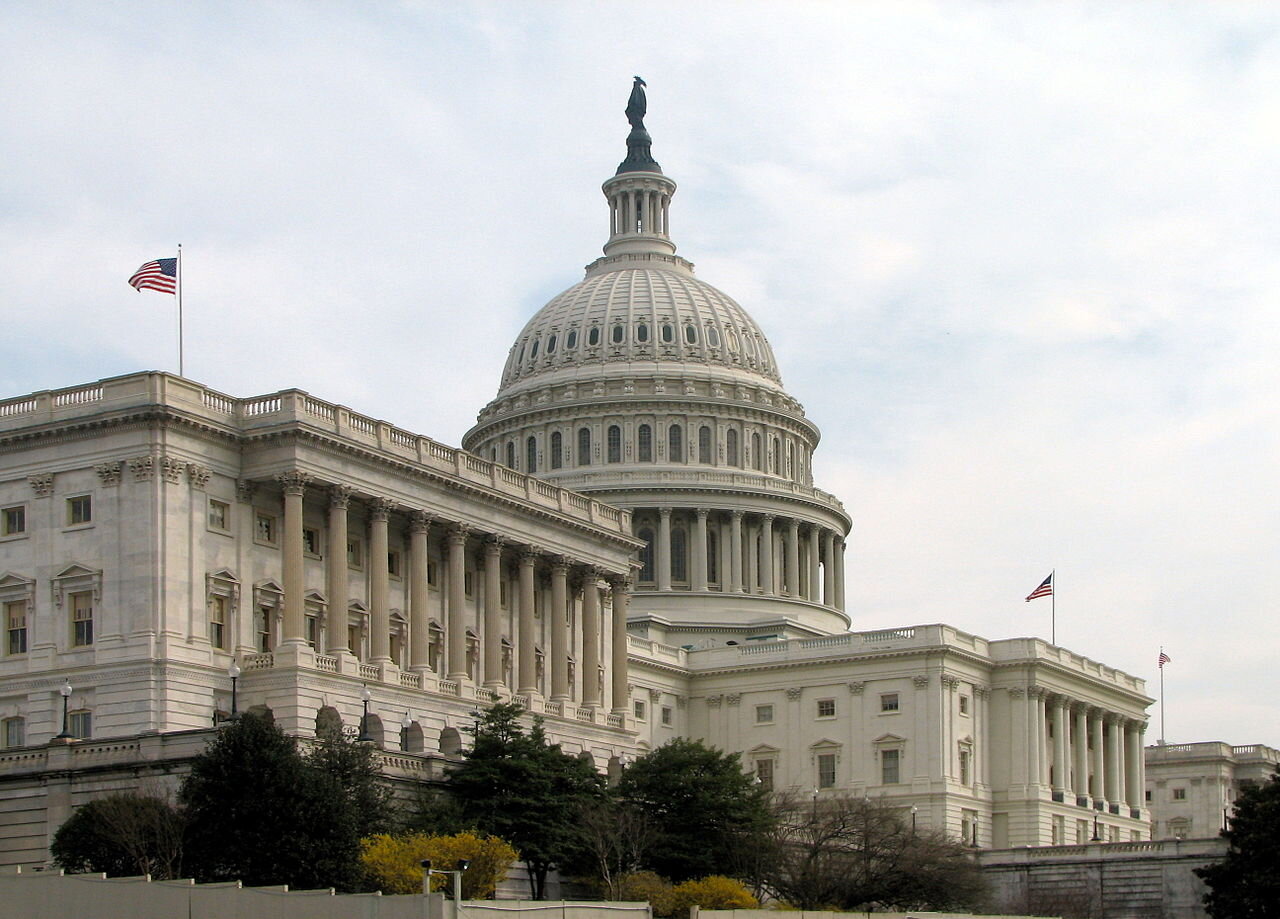WASHINGTON, D.C. October 29th, 2020. Having gone to the brink of extinction and back, humanity’s most complicated animal relationship, the gray wolf, now numbers 6,000 individuals in the lower 48 states alone and has been removed from the federal Endangered Species List.
Transfer of management of gray wolf populations will pass to state and tribal wildlife management organizations. In theory these smaller departments are more intimately connected not only with the land on which their wolf populations inhabit, but the wolves themselves and should ensure not only that wolf numbers remain healthy, but that conflicts with livestock and ranchers remains minimal.
“Multiple states, including Wyoming, Montana, Idaho, Oregon, and Washington already manage healthy and sustainable gray wolf populations,” said Senator Mike Lee (R – UT), a notably nature-loving senator. “Now, under expanded state management, impacted communities will be able to determine how best to preserve gray wolf populations while protecting other native species and livestock”.
It was 45 years ago when the progenitor of all domestic dogs was listed under the Endangered Species Act, when wolves had been exterminated in the western lower 48, surviving only in Minnesota and parts of Michigan.
A few dozen were eventually released in Glacier and Yellowstone National Parks in the 80s, where over the next 3 decades their populations would grow until they recovered much of the territory they once inhabited. This population would go on to create another stable genetically-varied group to the ones which survived in Minnesota, Wisconsin, and Michigan, and would eventually march westward to Washington, Idaho, California and Oregon, while also taking up residence in the Rocky Mountains of Colorado and Wyoming.
The Mexican wolf, a sub-species of the gray wolf, was not included in the delisting, as it’s still critically endangered.
PICTURED: Former Interior Secretary Ryan Zinke (left) stands with newly-sworn in Deputy Sec., and now current Interior Secretary David Bernhardt (right).
Is there any danger?
Some conservationists are leery of the delisting, as even though there have been many conservation victories under the Trump Administration, the decisions to shrink the size of Bear Ears National Monument and open up certain national forests for enhanced logging have stuck in their throats.
“This is no ‘Mission Accomplished’ moment for wolf recovery,” Kristen Boyles, an attorney for Earthjustice, told NPR while speaking on the subject. “Wolves are only starting to get a toehold in places like Northern California and the Pacific Northwest, and wolves need federal protection to explore habitat in the Southern Rockies and the Northeast”.
The Trump Administration has held that residents of states should decide whether apex predators should be allowed more space to roam, and made a similar decision in the summer on the expansion of grizzly bear habitat.
With Alaska housing 7,000 to 11,000 gray wolves and 6,000 in the lower 48, they are far from the most endangered predator in the United States. When bald eagles were delisted in 2007, there were around 9,700 breeding pairs, in the country. Now there are over 100,000 eagles.
“We strongly agree with professional wildlife managers at the U.S. Fish and Wildlife Service that wolves are not in danger of extinction and should be removed from federal protections,” said Rocky Mountain Elk Foundation President and CEO Kyle Weaver, in a statement on the delisting.
“They far exceed recovery goals in Idaho, Michigan, Minnesota, Montana, Wisconsin and Wyoming, and are thriving in both Oregon and Washington. Where wolves exist, they should be managed by state wildlife agencies just as they manage elk, black bears, deer and a multitude of other species”.
While 10 species that were once listed are now extinct, there has never been a species that has been delisted due to recovery, which then went extinct. As a federal law, the U.S. Endangered Species Act is one of the most powerful conservation laws in the world.
A peer-reviewed study examined the history of the ESA and found that among calculable effects, i.e. species that definitely were alive and benefitting from the full complement of protections under the ESA, it “has prevented the extinction of roughly 291 species since passage in 1973, and has to date saved more than 99% of species under its protection”.
Continue exploring this topic — With the Help of WWF Russia Wild Persian Leopards May Once Again Roam the Caucasus
Continue exploring this topic — Interior Department Decides Not to Reintroduce Grizzly Bears Into Public Land on Washington State




